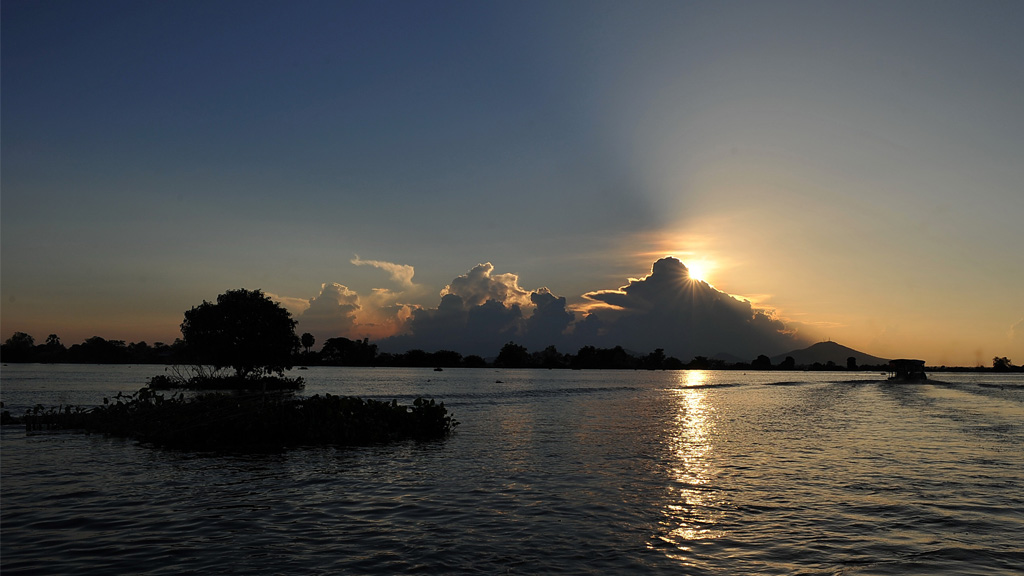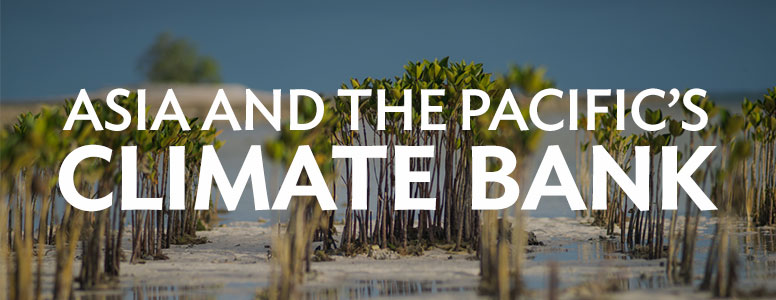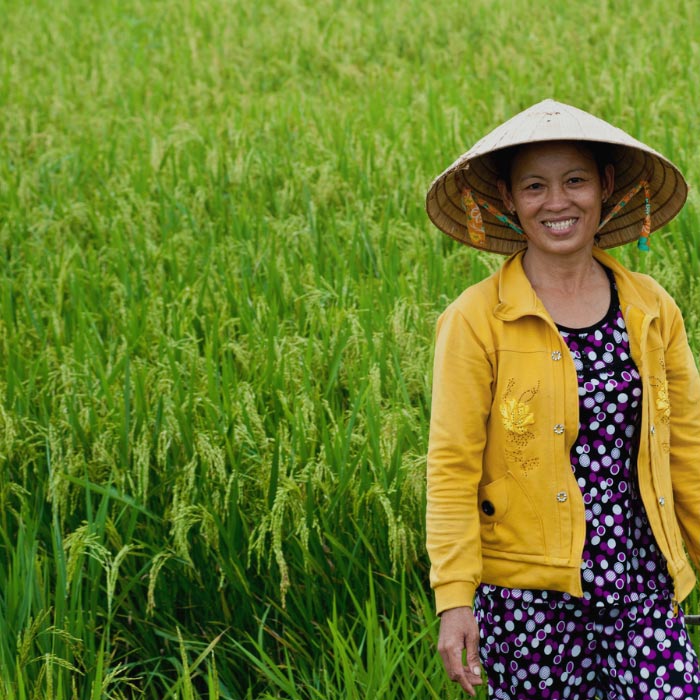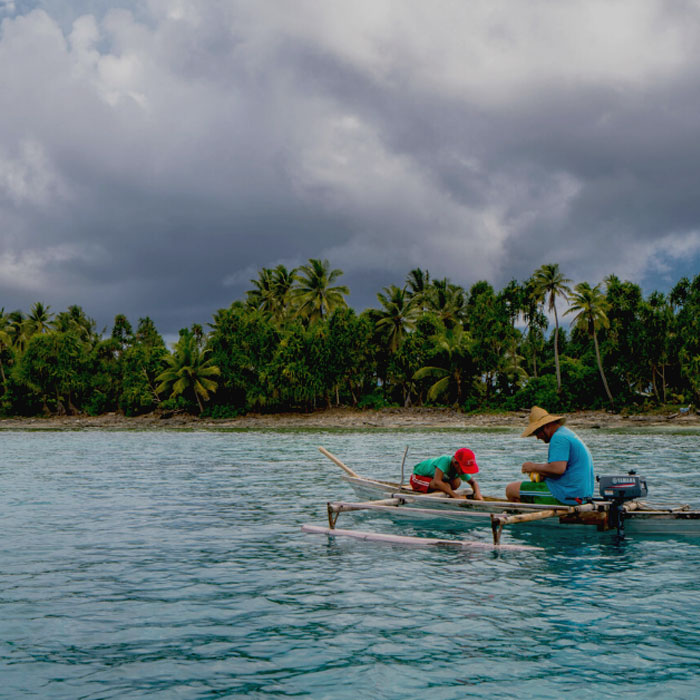Environment
ADB promotes and invests in nature and environmental sustainability to achieve economic growth and reduce poverty in Asia and the Pacific.
- Jump to:
- What ADB Is Doing
- What ADB Has Done
- What's New
-
Asia and the Pacific GDP at risk
from nature lossAsia and the Pacific are at the heart of the global biodiversity crisis, with 63% of the region’s GDP at risk from nature loss.
-
Economic costs of health effects
from air pollution in AsiaThe economic costs of the health effects of air pollution in Asia is estimated at $1.7 trillion, or 10% of the region’s annual GDP.
-
Aquaculture and fisheries captures
(in million tonnes, live weight)Asia and the Pacific accounts for the majority of the world’s aquaculture and fisheries, and demand for seafood is projected to rise as populations grow.

ADB is working with its developing member countries and development partners to move beyond the “do no harm” approach to enhancing biodiversity and natural resources. This includes investing in ocean health and scaling-up green and blue finance and business opportunities. ADB supports the MDB Joint Statement on Nature, People and Planet issued during COP26 2021. The bank is operationalizing this support through its Nature-Positive Investments Roadmap and Natural Capital Lab. ADB is also working to accelerate financing for activities that utilize nature-based solutions, green infrastructure, and other approaches that restore and enhance natural resources and ecosystems.
Central to ADB’s Strategy 2030 Operational Priority 3 is enhancing environmental sustainability. ADB works across the region with its DMCs to achieve the Sustainable Development Goals (SDGs), which are all underpinned by natural resources and our environment. This involves developing and financing projects, providing technical assistance, as well as creating and sharing knowledge. For example, ADB is partnering with major cities in Asia to reduce air pollution from vehicles, industry, and power generation. The bank also stimulates the development of green business in the region, especially focused on the circular economy, sustainable consumption and production, green supply chains, and green financial products.
Our Impact
Results delivered in 2022 from ADB projects.
4.3 million
People benefiting from
strengthened environmental sustainability
31,000 hectares
Terrestrial, coastal, or marine areas
conserved, restored, and/or enhanced
18
Land, river, or sea conservation
and restoration solutions implemented
Your Questions Answered
-
What’s the link between caring for the environment and development?
Human development is dependent on access to well-functioning ecosystems, including natural resources, along with clean air and water. Human health, which is necessary for sustainable development, is also dependent on these things.
-
How does ADB balance sustainable domestic water use and the region’s rapidly growing need for food and energy?
ADB targets the poor and disadvantaged, supporting inclusive economic growth. The bank also promotes solutions that improve the quality of life in cities and rural areas and foster food security.
-
What role should the private sector be playing in mainstreaming green growth in Asia and the Pacific?
Private sector support for infrastructure finance and other needs is an important part of the growth strategy of developing economies. Private sector investment is needed in projects and financial instruments that provide environmental, social, and financial benefits.
What's New
-
| Development Asia
Reducing Viet Nam’s Plastic Pollution through Digital Data
-
| Video
Scaling Up Private Sector Financing for the Blue Economy in Thailand
-
| Development Asia
Harmonizing Marine Plastic Pollution Data in East Asia
-
| Video
The Road to Climate Resilience in Cambodia
-
| Article
Five Things to Know About ADB’s Climate Change Action Plan




